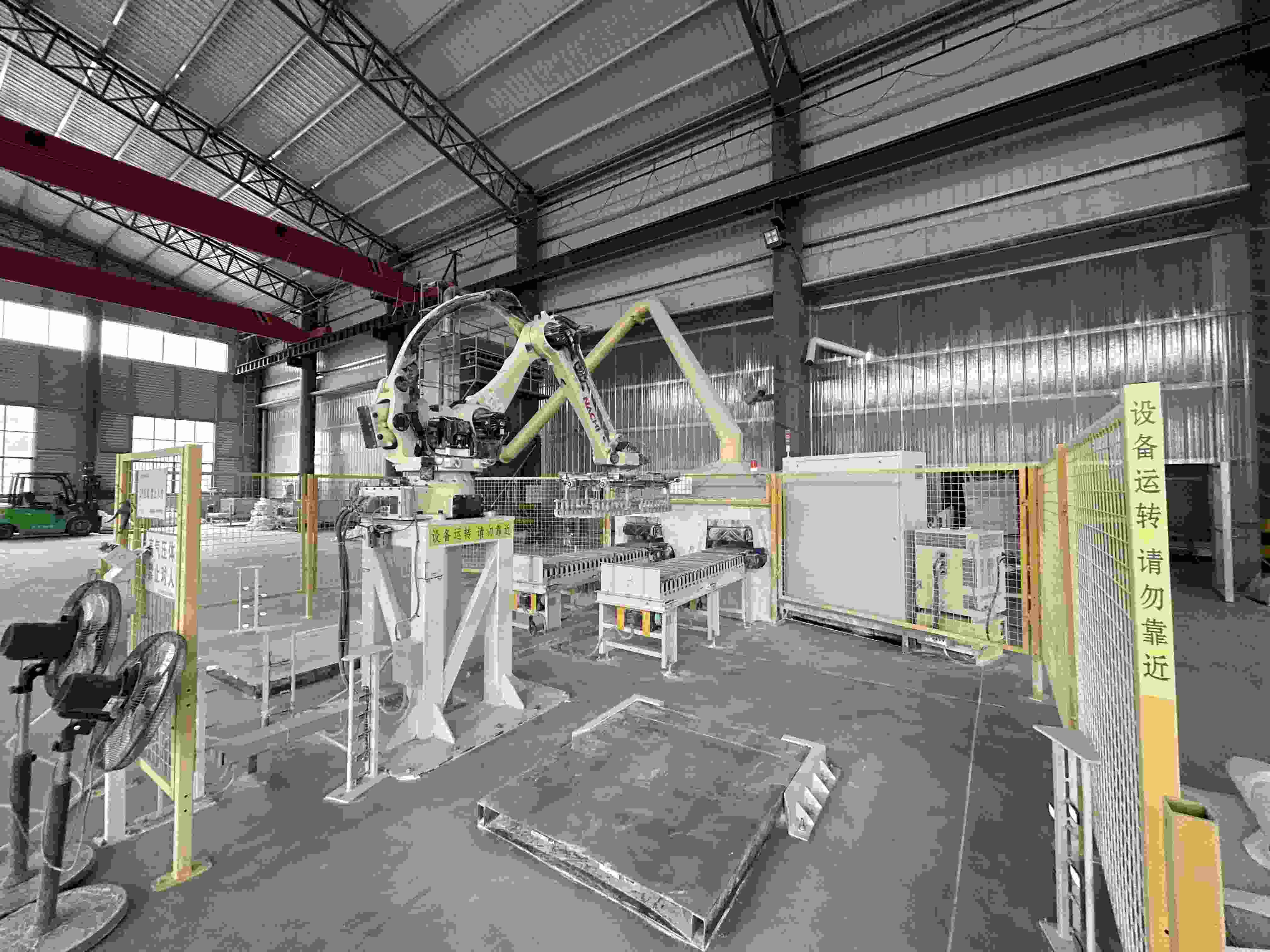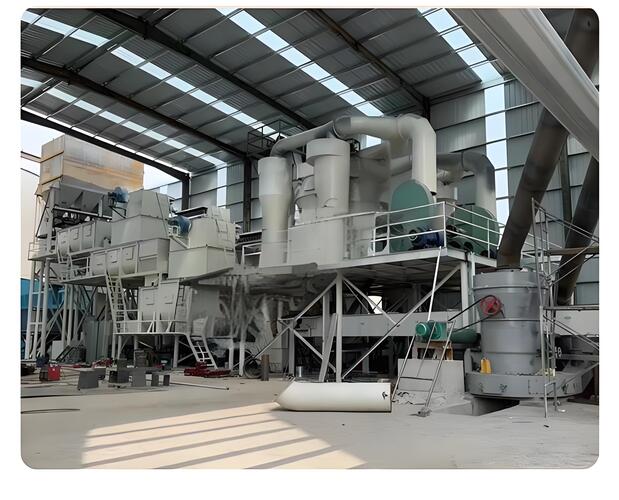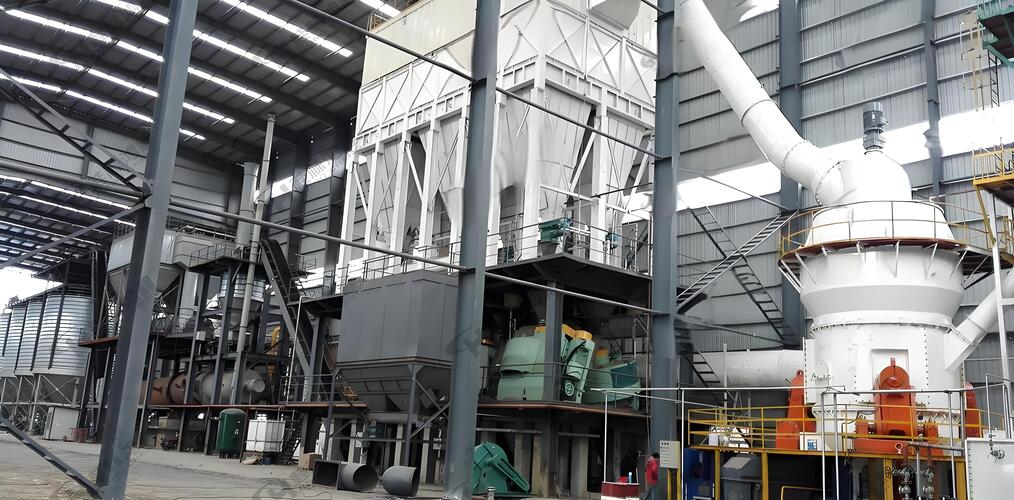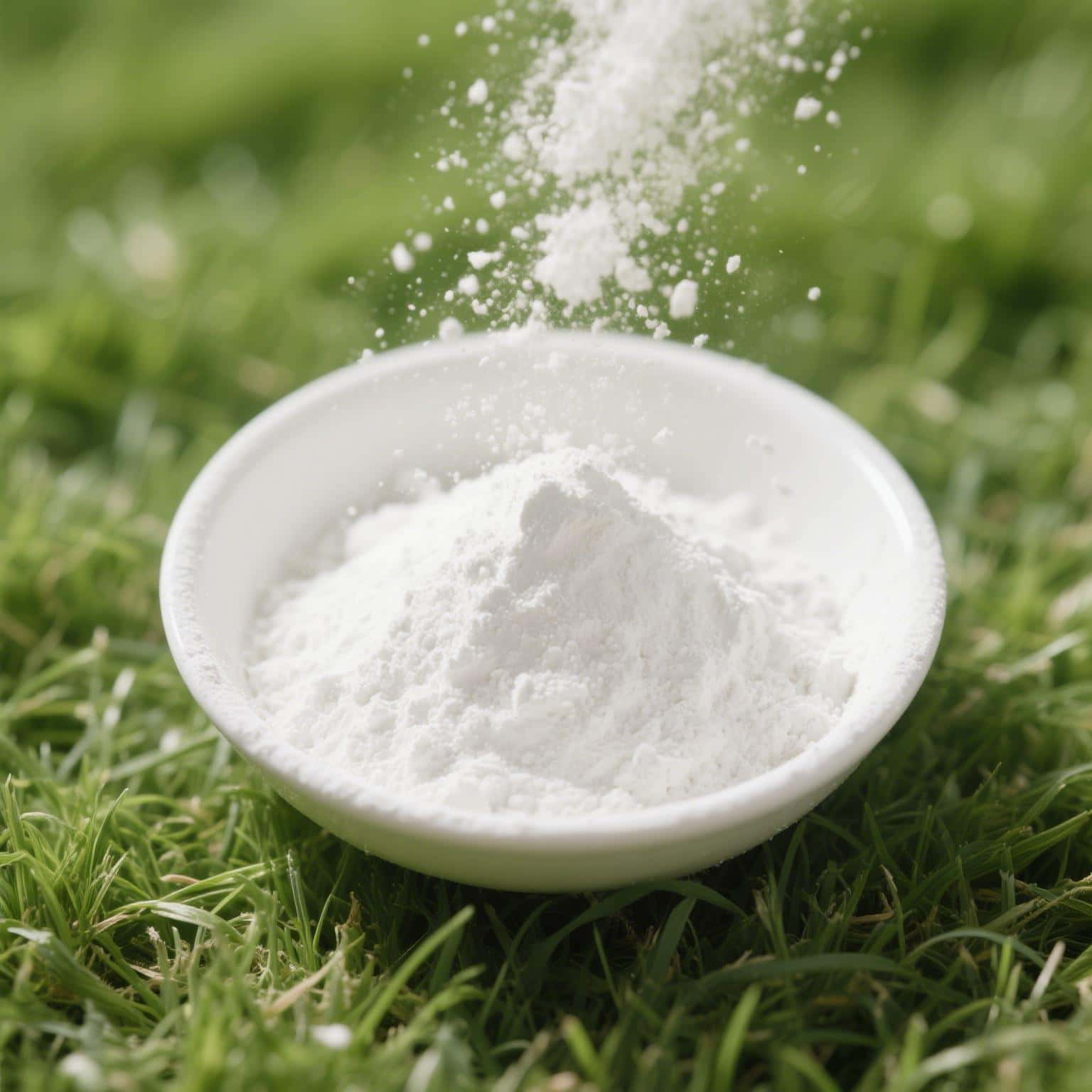What is Lime? Slaked Lime, Burnt Lime & Quicklime Explained
News 2025-03-21
Lime is a versatile material used in various industries, from construction to agriculture. But what exactly is lime? In this article, we’ll explore the different forms of lime, including slaked lime, burnt lime, and quicklime. By understanding their definitions, properties, and uses, you’ll gain a deeper appreciation for this essential chemical compound.
What is Lime?
Lime is a general term for calcium-containing inorganic materials, primarily calcium oxide (CaO) and calcium hydroxide (Ca(OH)₂). It is derived from limestone (calcium carbonate, CaCO₃) through a process called calcination.
The lime definition encompasses several forms, including quicklime, slaked lime, and burnt lime. Each form has unique properties and applications, making lime a crucial material in industries like construction, water treatment, and agriculture.
Quicklime: The Basics
Quicklime, also known as burnt lime, is calcium oxide (CaO). It is produced by heating limestone to high temperatures (around 900°C) in a process called calcination. This reaction releases carbon dioxide (CO₂), leaving behind calcium oxide.
Properties of Quicklime
- Highly reactive with water.
- Releases heat during hydration.
- Alkaline in nature.
Uses of Quicklime
- Steel manufacturing.
- Soil stabilization.
- Chemical production.
Quicklime is a key ingredient in many industrial processes due to its reactivity and alkaline properties.
Slaked Lime: What You Need to Know
Slaked lime, or calcium hydroxide (Ca(OH)₂), is formed when quicklime reacts with water. This process is called slaking and is highly exothermic, meaning it releases heat.
Properties of Slaked Lime
- White powder or slurry.
- Less reactive than quicklime.
- Alkaline and soluble in water.
Uses of Slaked Lime
- Water treatment with calcium hydroxide to adjust pH levels and remove impurities.
- Calcium hydroxide in construction for making durable mortar and plaster.
- Agriculture to improve soil quality.
The slaked lime formula (Ca(OH)₂) makes it ideal for applications requiring a milder alkaline substance.
Burnt Lime: Another Name for Quicklime
Burnt lime is simply another term for quicklime (CaO). The name comes from the calcination process, where limestone is “burned” to produce calcium oxide.
Key Points About Burnt Lime
- It is chemically identical to quicklime.
- Used interchangeably in industrial contexts.
- Essential for producing slaked lime.
Understanding the burnt lime definition helps clarify its role in lime production and usage.
The Lime Production Process
The journey from limestone to lime involves several steps:
- Calcination: Heating limestone (CaCO₃) to produce quicklime (CaO) and carbon dioxide (CO₂).
- Slaking: Adding water to quicklime to produce slaked lime (Ca(OH)₂).
- Hydration: Using slaked lime in various applications, such as construction or water treatment.
This process highlights the interconnectedness of quicklime, slaked lime, and burnt lime.

Applications of Lime in Different Industries
1. Construction Industry
- Quicklime is used in soil stabilization and as a component in cement.
High-purity calcium hydroxide for construction is essential for producing durable mortar and plaster. - Slaked lime is used to make mortar and plaster.
2. Water Treatment
- Calcium hydroxide in water treatment systems effectively neutralizes acidic water and removes heavy metals
3. Agriculture
- Slaked lime improves soil pH, promoting better crop growth.
4. Chemical Industry
- Quicklime is used to produce calcium-based chemicals.
These applications demonstrate the versatility of lime in various sectors.
Key Differences Between Quicklime, Slaked Lime, and Burnt Lime
While these terms are often used interchangeably, they refer to distinct forms of lime:
- Quicklime (CaO): Highly reactive, used in industrial processes.
- Slaked Lime (Ca(OH)₂): Milder and used in construction and water treatment.
- Burnt Lime (CaO): Another name for quicklime, emphasizing its production process.
Understanding these differences is crucial for selecting the right type of lime for specific applications.
Why Lime is Important
Lime plays a vital role in modern industry and everyday life. Its ability to neutralize acids in water treatment, stabilize soils, and act as a binding agent in construction materials makes it indispensable.
For example, the slaked lime formula (Ca(OH)₂) explains its effectiveness in water treatment, while the quicklime formula (CaO) highlights its use in high-temperature industrial processes.
Frequently Asked Questions
1. What is lime?
Lime refers to calcium-containing materials, primarily calcium oxide (CaO) and calcium hydroxide (Ca(OH)₂).
2. What is slaked lime?
Slaked lime is calcium hydroxide (Ca(OH)₂), formed by adding water to quicklime.
3. What is burnt lime?
Burnt lime is another term for quicklime (CaO), produced by heating limestone.
4. What is quicklime used for?
Quicklime is used in steel manufacturing, soil stabilization, and chemical production.
Conclusion
In summary, lime is a multifaceted material with various forms, including quicklime, slaked lime, and burnt lime. Each form has unique properties and applications, making lime a cornerstone of modern industry.
By understanding the lime definition, the slaked lime formula (Ca(OH)₂), and the quicklime formula (CaO), you can appreciate the science behind this essential compound. Whether you’re a student, professional, or curious reader, this knowledge will deepen your understanding of chemistry and its practical applications. Explore our specialized calcium hydroxide for water treatment and construction-grade calcium hydroxide solutions to meet your project needs.



